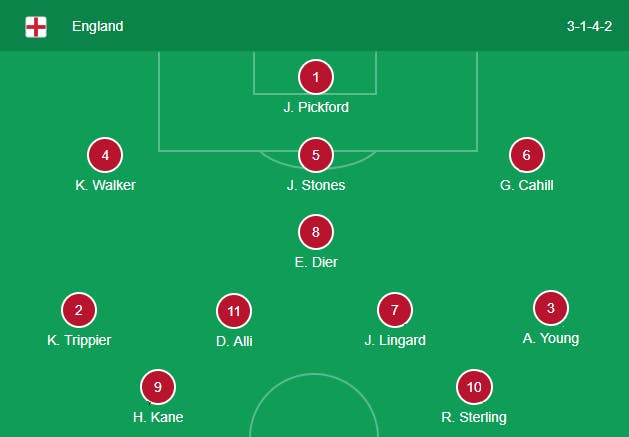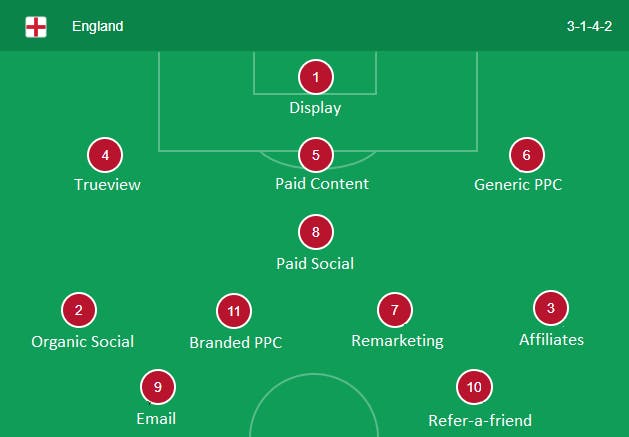What I want to cover here is a short metaphor for how to think about attribution. For all those who are either new to the topic or those digital acquisition marketers who are managing multi-channel media, this is a really useful concept to get your head around.
Acquisition channels and particularly paid media, such as display, search, social and affiliates, continue to expand. It seems like each year we introduce a new channel or another sub-set. I can count about eleven different marketing channels that a customer can be attributed to, and I’m sure other businesses can count in excess to that.
The most obvious difficulty with running so many channels, is the most talked about marketing topic of the digital era – how do you attribute conversions per channel? I often get asked to count the number of customers we acquired through each of our eleven marketing channels and formulate a cost per acquisition (CPA) for each one. This is of course possible, but the results look extremely odd for at least half of the channels. If I use last click attribution affiliates comes off great with 20-30% of my new customers coming through it, but display performs awfully with no conversions and a mighty CPA.
The problem of last click attribution has been discussed the world over, so a number of other attribution models have become popular with marketers – first interaction, time decay, linear, last non-direct click, position based and algorithmic.
Weighted and tailored attribution models are becoming firm favourites, but we still can’t all agree on the right approach. Firms are now employing two or three models to compare against and make optimisations with. But aren’t we just where we started? Running multiple models still doesn’t answer the ultimate question of how each channel is performing and which channel is attracting which customer.
This article isn’t going to even attempt answer that golden question, but I am going to give you a simplistic approach that many of us can get our heads around – think of your marketing channels as a football team; the eleven channels are equivalent to the eleven players on the pitch. Let’s take the England first team and run that alongside our marketing channels:

The probable England team ahead of the World Cup

Marketing channels
The marketing channels have purposely replaced Kane, Dier and Sterling for a reason. Defensive players like Cahill, Stone and Walker have been replaced by our top of funnel activity – generic PPC, display and VOD-Trueview. Why? Because let’s face it they rarely score but we aren’t expecting them to. I think most of us will agree these channels are about impressions and exposure on the most part, therefore we shouldn’t expect them to convert. Gareth Southgate doesn’t necessarily encourage Gary Cahill to score or even to assist, but he does expect him to supply stability, to pass the ball out from the back, and provide a base for the attacking players to work from.
The midfield is made up of paid social, affiliates and remarketing. Why? Because these are much further down the funnel. On the most part they either assist a conversion or actually make them. Lingard, Alli and Young are placed in the team mainly to assist, though from time to time also score. Think of the Remarketing channel as taking the ball from the top of funnel activity and leading it closer to the opposition goal.
When it comes to our strikers and wingers, they are aimed much closer towards conversion, they don’t work for branding or exposure, they are channels which are aimed purely to assist or score. Organic and refer-a-friend can certainly be described as our Harry Kane or Sterling. Their conversion rates should be far higher than other channels and they feed off of the work mainly done by the midfield channels.
Why is this metaphor relevant?
I found that thinking of our channel attribution in this way combats the never-ending questions of why a CPA is extremely high for one channel and not the other, or why conversions are far lower than another. We don’t expect all channels to work equally, they are a team, with each operating in its own function with its own aims. We can view them as singular channels of course, but we should consider their own attributes based on what part they play in the team.
A defending channel should only really be judged on its tackling, blocking and heading abilities – therefore it’s impressions delivered or brand impact. For our midfield we want to see them creating clicks and driving traffic to our site, but we are less concerned by actual conversions – just as we don’t mind if Alli doesn’t score, though we want to see him creating chances and assisting our strikers. For an attacking channel we are less concerned by impressions, in the same way Gareth Southgate is less concerned by Harry Kane’s ability to defend, we are though looking at clicks, conversions and clickthrough rate – just as we only really care if Kane scores plenty of goals.
Ultimately, what multichannel acquisition marketers care most about is the team winning. We care whether our blended CPAs meet target and if we acquired enough customers in June compared to target. If certain channels let us down this month, if Alli and Young have a poor tournament, but the team actually bring home the World Cup (we can all dream), then I can assure you Gareth Southgate will not be too concerned if those two individuals don’t perform. It probably meant that Kane and Sterling outperformed and make up for those less performing.
In the same way, your paid content might not deliver enough impressions, but your remarketing or email might be converting at higher rate to normal – so as a whole you come out winning.
Sometimes as marketers we like to dive deep into topics and something reasonably complex we do tend to make even more complicated. But in the same way we shouldn’t get too bogged down with particular channel nuances, we should start to look more holistically and use real examples to describe these complexities. Let’s all start thinking of our attribution in a relatable way – it’s just like managing your very own World Cup winning England football team!


Comments